
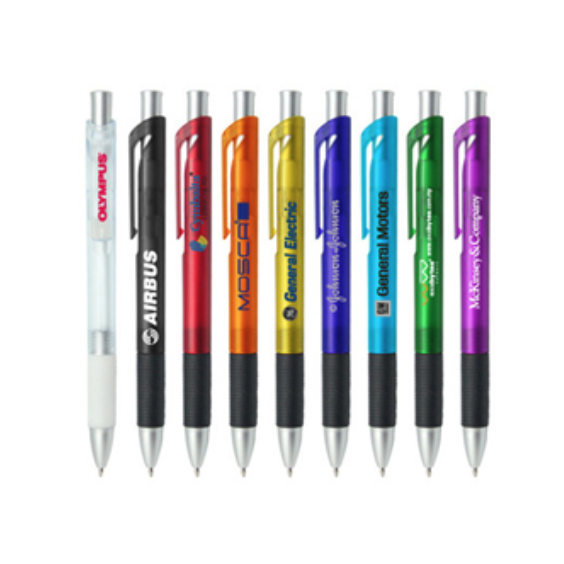
Pad printing is the process used to transfer ink from an etched printing plate onto any kind of surface using a silicone rubber pad. The main advantage of this method is it has the ability to print on any kind of irregular surface. It is more suited for small print areas rather than larger ones.
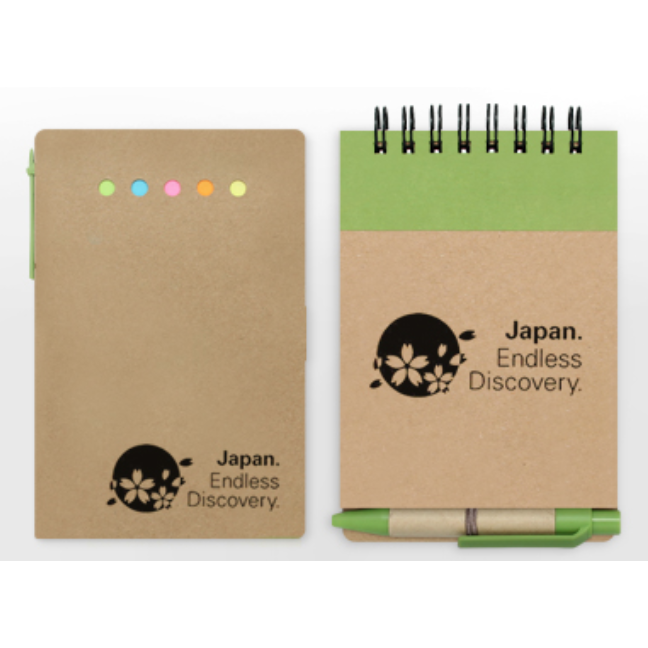
Silkscreen printing uses a fine mesh stretched tightly onto a frame. A negative design is created on the screen and ink is pushed through with a squeegee, making direct contact on the object. This printing is suited for medium to large sized prints. One colour is considered one print.
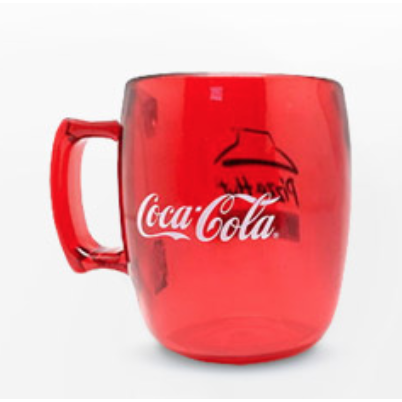
A slight variation on silkscreen printing. However, a special attachment is used to roll the print onto curved/rounded surfaces.
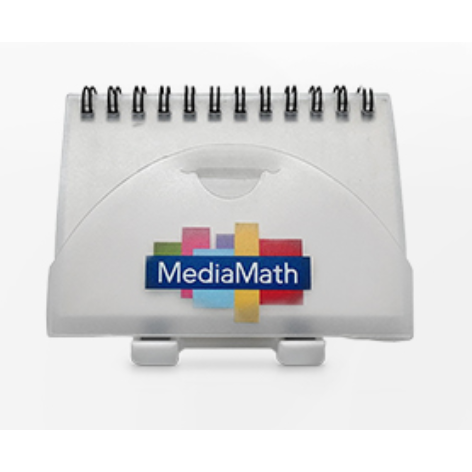
Ultraviolet (UV) printing is the process of using UV inks instead of traditional inks. While traditional inks are solvent based and dried via evaporation, UV inks are cured with UV light. This method is suited for small prints with multiple colours.
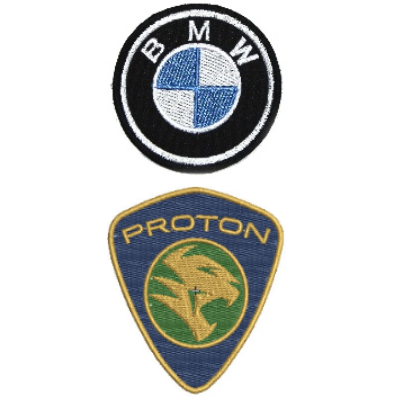
Embroidery is a process where the logo/artwork is reproduced with direct stitching onto the product.
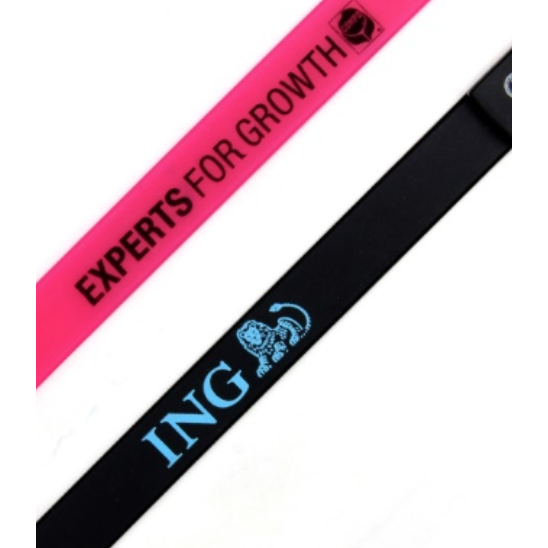
Silicone printing uses a special ink formula that will adhere to silicone material. The temperature required for drying ranges between 120-150 °C. For printing on ready stock, silicone printing is limited to one solid colour. Multiple colour is possible if each solid colour is positioned at a different spot.
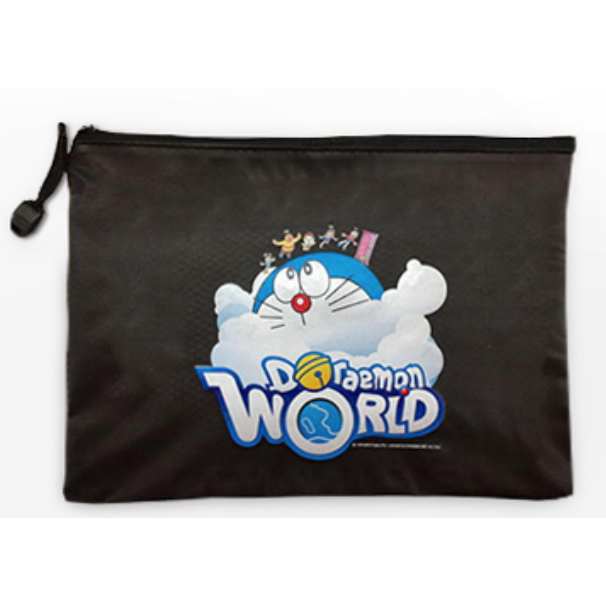
Heat-transfer printing uses heat to transfer pre-printed images on a wax based ink ribbon to an object. This method is well suited for larger prints with multiple colours.
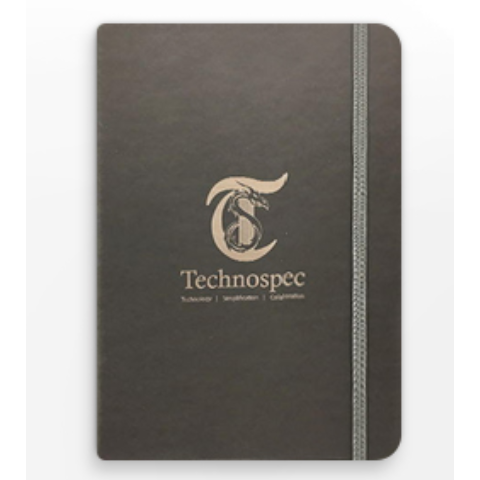
A focused laser beam is directed at a material, which then either melts, burns, vaporizes away, leaving an edge with a high-quality surface finish. The final finish look will be dependent on the base material of the object.
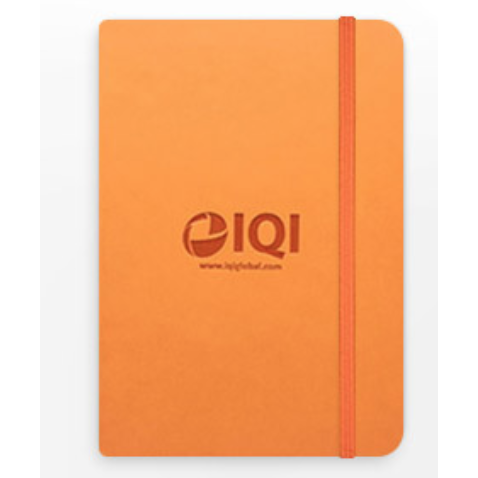
Debossing is a process of creating an indentation on a surface with a metal plate, resulting in a depressed impression.
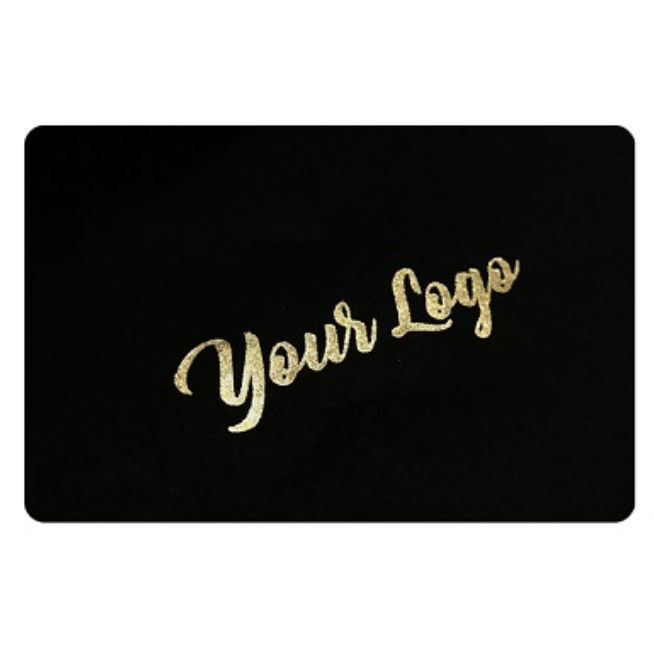
Digital foil printing bonds metallic foil to card or paper with heat using a digital printer. Unlike traditional hot stamping, a stamping die/block is not required. This printing can be done in gold or silver with a shimmery reflective effect.
Suitable for books with paper or PU leather cover.
© Copyright 2018 Wepod Sdn Bhd All Rights Reserved